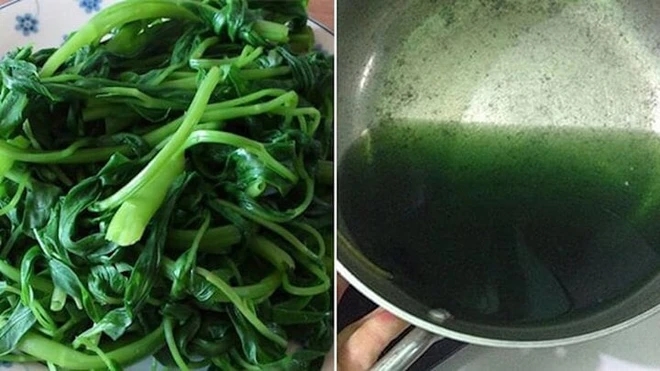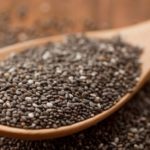Water Spinach: A Versatile Vegetable with Health Benefits
Water spinach, a semi-aquatic vegetable, is characterized by its hollow, thick stems, fibrous roots, and lack of hair. In traditional medicine, it is known for its sweet and neutral taste, cooling properties, and its ability to promote urination and relieve constipation. It is a staple ingredient in Vietnamese cuisine.
Modern scientific analysis reveals that 100g of water spinach contains 78.2g of water; 2.7g of protein; 85mg of calcium; 31.5mg of phosphorous; 1.2mg of iron; and 20mg of vitamin C. It also contains carotenoids, vitamin B1, vitamin PP, and vitamin B2. Notably, the red variety of water spinach contains an insulin-like substance, making it beneficial for individuals with diabetes.
When boiled, water spinach may release a dark green, slightly turbid liquid. Many individuals are concerned that this indicates the presence of residual pesticides, fertilizers, or chemicals, leading them to discard the water.
The color of the boiled water, however, is primarily influenced by the pH of the water used. A dark green, slightly turbid color is perfectly normal and poses no health risks.
If the boiled water turns blue, it is due to a high concentration of alkaline substances and calcium. In some cases, residual calcium and magnesium in the water, combined with its alkalinity, can impart a blue hue. This coloration does not affect the nutritional value or safety of the water.
Moreover, the intensity of the green color is unrelated to the presence of pesticides. If pesticides were present, the boiled water would emit a strong chemical odor, making it immediately evident.

When boiling water spinach, add lemon to the water. If the color does not change, it is safe to consume. However, if the water remains dark green, discard it as it may contain lead.
Tips for Identifying Safe Water Spinach
When purchasing water spinach, choose stems that are naturally green and fresh. Avoid bunches with a dark green or blackish color, as they may be contaminated with lead.
If the boiled water turns dark green or brownish-black, do not be overly concerned. This phenomenon does not necessarily indicate the presence of pesticides or chemicals. Perform the following tests to assess its safety.
Add lemon juice or any acidic substance to the boiled water. If the color remains dark green or brownish-black, the spinach may contain high levels of nitrate (from foliar fertilizers) or lead. Additionally, if the water has an unusual smell or develops a film on the surface, it is best to avoid consuming it.
Proper Consumption of Water Spinach
To ensure optimal health and enjoy the benefits of water spinach, ensure proper hygiene by thoroughly washing each stem. Soaking the vegetable in a diluted salt solution or simply rinsing it with clean water is recommended.
Due to its tendency to grow in lakes and ponds, water spinach is prone to parasitic infestations. It is crucial to avoid consuming raw or undercooked water spinach, as it can transmit intestinal infections such as liver flukes, bloating, indigestion, and allergic reactions.
When choosing water spinach, opt for varieties with thinner stems, as they are more tender and generally safer than thicker stems.
Source: VTC News
Exploring the Benefits of Chia Seeds on Good Health: What You Need to Know
Did you know that chia seeds come from the same family as herbs that are used in spices such as mint and basil? These seeds are a popular health food due to their unique health benefits. Read on to find out how these seeds can be used and why they're so beneficial!






































